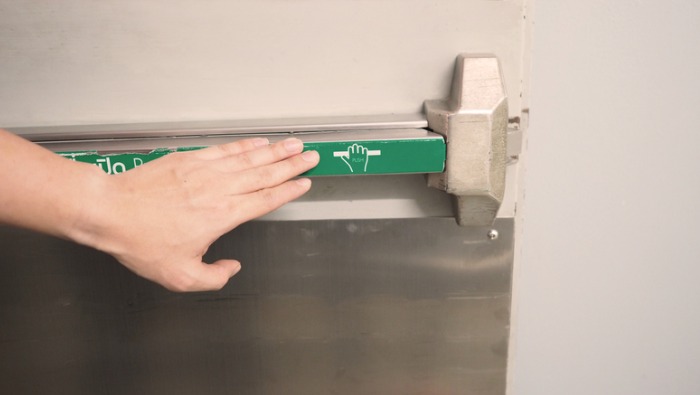On June 3rd, 2022, the Occupational Safety and Health Administration (OSHA) cited two more Dollar General Stores for OSHA safety violations. OSHA safety inspections at two of the discount retailer’s locations revealed blocked emergency exit doors. These findings are merely the latest in Dollar General’s long history of OSHA safety violations nationwide. All in all, OSHA has investigated Dollar General 55 times across numerous locations nationwide since 2016. Previously, in March, OSHA investigations revealed multiple workplace hazards at four separate stores.
Wisconsin Inspection
At a Dollar General store in Baldwin, Wisconsin, OSHA inspectors found blocked emergency exit doors. Furthermore, these doors were padlocked from the inside with a bike lock and a board. Additionally, boxes of merchandise blocked the exit pathway. In effect, these conditions would prevent access to this exit route in the event of an emergency evacuation. Although the store managers claimed that the exit doors were in disrepair and could not close properly, the problem had persisted since September 2021. What’s more, local fire officials had inspected the store 11 times since then and ordered the store to close six times.
As a result of the findings, OSHA issued four citations for willful OSHA safety violations. These included:
- blocking emergency exits and routes,
- impeding access to fire extinguishers, and
- failing to leave sufficient space around electrical panels.
OSHA proposed $435,081 in penalties.
Ohio Inspection
In an inspection of a Seville, Ohio, location, inspectors found similar OSHA safety violations. Here, inspectors found barrel locks on the inside of a double-door emergency exit. In brief, these locks require specialized knowledge and additional time to open. Therefore, they may reasonably prevent a safe and speedy exit during an emergency. In this case, OSHA cited the store for one willful violation, proposing $145,027 in penalties.
Employer’s Duty to Prevent OSHA Safety Violations
The Occupational Safety and Health Act of 1970 (OSH Act), which established OSHA, sets and enforces workplace safety and health standards. In doing so, it assures safe and healthful working conditions for working men and women. Notably, the OSH Act’s “General Duty Clause” requires that all employers:
- shall furnish to each of his employees employment and a place of employment which are free from recognized hazards that are causing or are likely to cause death or serious physical harm to his employees; and
- shall comply with occupational safety and health standards promulgated under this Act.
In compliance with the OSH Act’s General Duty Clause, and to avoid OSHA safety violations and costly litigation, employers should recognize and fix common workplace hazards. Indeed, these common workplace hazards include safety hazards like blocked electrical panels, obstructed aisleways, and locked emergency exit doors.

